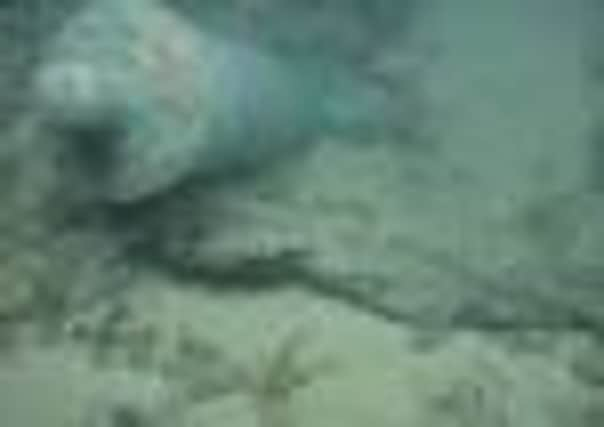Treasure-laden wreck of first Victory may be raised by American company


The vessel, predecessor of Nelson’s famous flagship, went down in a storm off the Channel Islands in 1744, taking more than 1,000 soldiers to their deaths.
Along with a bronze cannon collection, some believe the ship was carrying a large quantity of gold coins from Lisbon to Britain, which would now be worth a reported £500m.
Advertisement
Hide AdAdvertisement
Hide AdAccording to reports, the wreck is set to be handed over to the Maritime Heritage Foundation, which is expected to employ Odyssey Marine Exploration to carry out its recovery.
The American company found the ship four years ago.
A Ministry of Defence spokeswoman said: “Efforts to protect key parts of British Naval history such as the wreck of HMS Victory 1744 are very welcome and we hope to make an announcement shortly.”
The guns and other artefacts will be displayed in British museums, while Odyssey is likely to receive the bulk of any treasure under the laws of salvage.
Public interest in the Victory’s recovery, driven by the legend of its purported cargo, could match that seen for the raising of the Mary Rose in 1982 which involved a £4m operation to safeguard the 16th century remains.
Advertisement
Hide AdAdvertisement
Hide AdThe Maritime Heritage Foundation was set up by Lord Lingfield, the Tory peer formerly known as Sir Robert Balchin, who is a relative of Admiral Sir John Balchin who was on board the Victory when it sank, although he stressed he would not profit personally from the ship’s cargo.
Lord Lingfield told The Sunday Times: “The foundation seeks to prevent damage to this historically important site and maximise its archaeological, scientific and educational value.
“We hope it will give a unique insight into the world of the mid-18th century Royal Navy.”
The ship’s location remained a mystery despite numerous searches, until Odyssey discovered the wreck in May 2008.
The Florida-based firm found the site 330ft under the English Channel, nearly 65 miles from where the ship was historically believed to have been wrecked, near the Channel Islands.